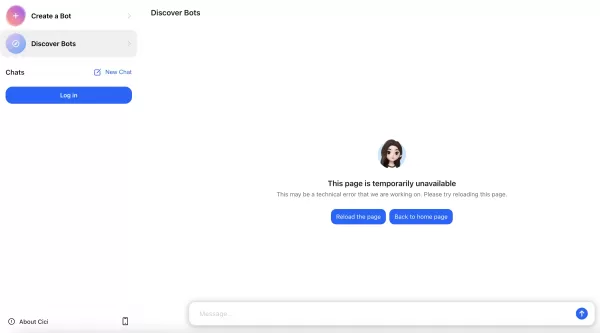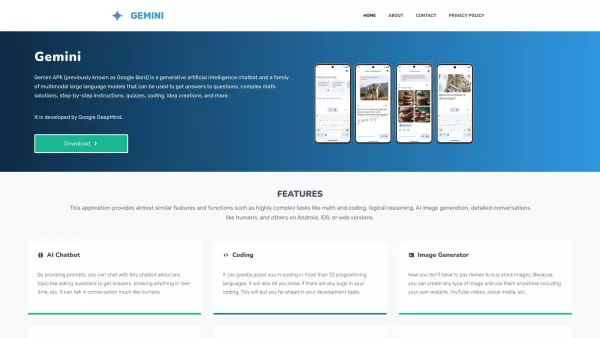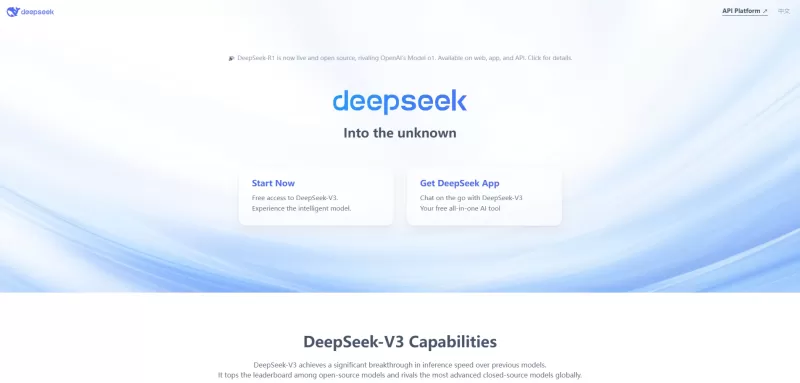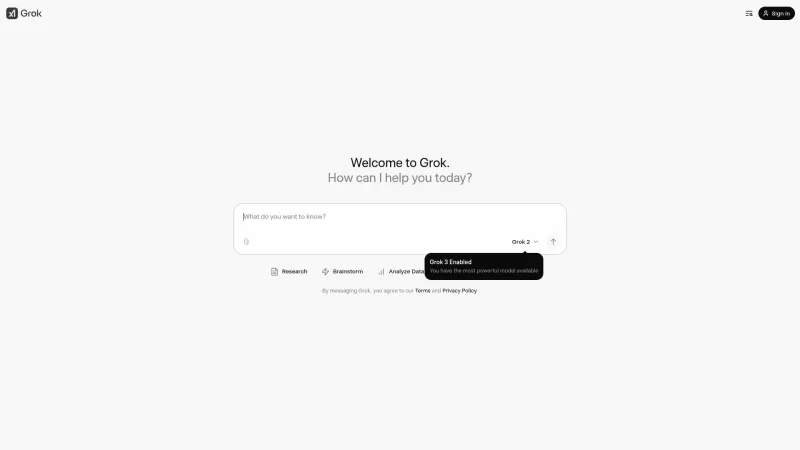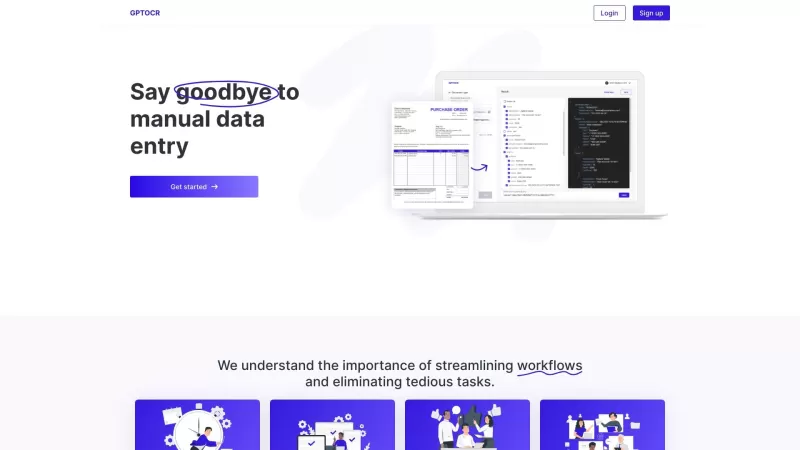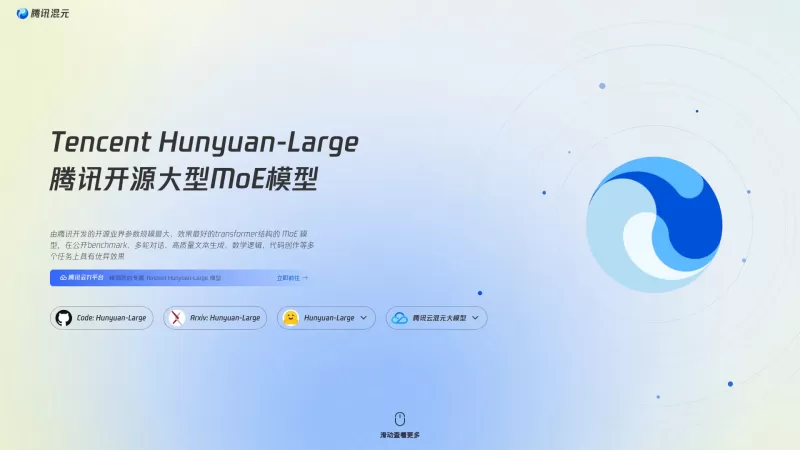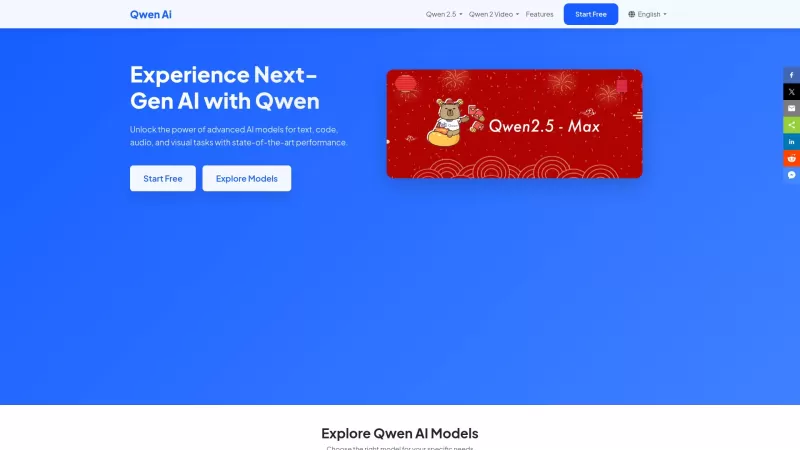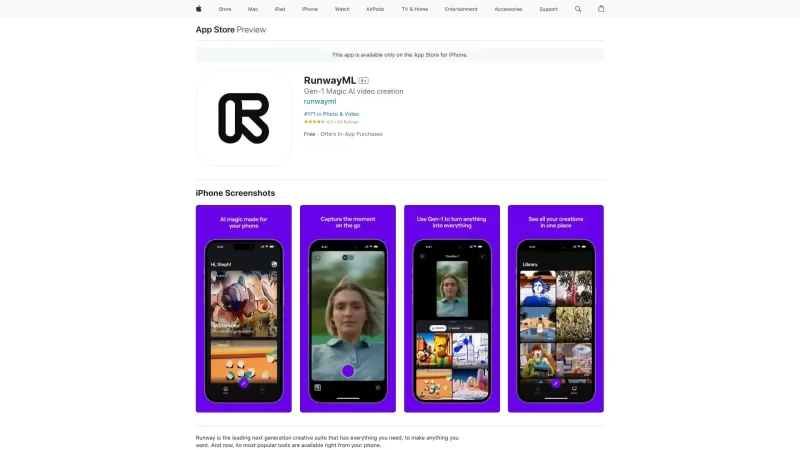AI Recruitment Systems Expose Hidden Biases Impacting Hiring Decisions

The Hidden Biases in AI Recruitment: Addressing Systemic Discrimination in Hiring Algorithms
Introduction
AI-powered hiring tools promise to transform recruitment with efficient candidate screening, standardized interview processes, and data-driven selection. While these systems are lauded for streamlining hiring—processing thousands of applications in minutes—they harbor deep-seated biases that perpetuate systemic discrimination.
Research from the University of Washington reveals alarming racial and gender bias in leading AI hiring models, with resumes tied to white-associated names receiving preferential treatment. Similarly, a Brookings Institution study found evidence of discrimination across nine professions using three major language models.
With 87% of employers now using AI in hiring, these biases aren’t isolated incidents—they’re institutionalized, automating discrimination at scale. This analysis explores why AI recruitment systems encode bias, their real-world impacts, and actionable strategies for fairer hiring.
How AI Recruitment Systems Reinforce Discrimination
The Roots of Algorithmic Bias
AI bias occurs when machine learning models replicate and amplify human prejudices embedded in historical data. Unlike individual bias, algorithmic discrimination operates systematically—affecting entire applicant pools without human intervention.
Key sources of bias include:
- Flawed training data – Systems trained on past hiring decisions inherit biased patterns (e.g., favoring male candidates, as seen in Amazon’s discontinued AI recruiter).
- Limited diversity in development teams – Engineers often design tools with implicit biases that go unchecked.
- Proxy discrimination – "Neutral" factors (e.g., ZIP codes, university names) can mask racial or economic biases.
A striking example involves facial analysis tools used in hiring, which frequently rank darker-skinned candidates lower—a pattern seen even in UN recruitment systems.
How Biases Play Out in Recruitment AI
Video Interview Analysis
- Assesses tone, facial expressions, and body language—but penalizes neurodiverse candidates, accents, or cultural speech patterns.
- Studies show women, non-native speakers, and candidates with religious attire score lower on "confidence" metrics.
Resume Screening Algorithms
- Filter out applicants based on names (disproportionately affecting ethnic minorities), employment gaps (hurting caregivers), or outdated technical skills (disadvantaging older workers).
- Often discard candidates for arbitrary reasons (e.g., listing hobbies or unconventional formatting).
Automated Assessments
- Prioritize candidates resembling current employees, reinforcing homogeneity instead of fostering diversity.
- Lack transparency, leaving applicants unaware of why they were rejected.
The Real-World Consequences of AI Recruitment Bias
For Candidates: Systemic Exclusion
- Qualified applicants from marginalized groups face uniform exclusion across multiple employers, unlike sporadic human bias.
- No avenues for appeal—AI tools rarely provide explanations for rejections, leaving candidates confused and disempowered.
For Employers: Legal & Reputational Risks
- Compliance violations – Increasing regulations (e.g., EU AI Act, NYC Local Law 144) require AI hiring tools to undergo bias audits.
- Lawsuits – High-profile cases (e.g., Workday facing class-action claims over AI discrimination) highlight legal vulnerabilities.
- Homogeneous workforces – Over-reliance on AI recruitment reduces diversity, stifling innovation and missing top talent.
Fixing the System: A Framework for Fair AI Hiring
Preventive Measures: Audits & Diverse Data
Assemble Multidisciplinary Audit Teams
- Include ethicists, sociologists, DEI specialists, and impacted communities to scrutinize AI models.
Use Representative Training Data
- Actively balance datasets by race, gender, age, and socioeconomic background. Synthetic data can supplement underrepresented groups.
Adopt Bias Metrics
- Track Equal Opportunity (do qualified candidates succeed at similar rates?) and Demographic Parity (are selection rates fair across groups?)
Technical & Policy Solutions
✔ Human-in-the-loop Reviews – AI should assist, not replace, hiring managers. Final decisions must involve human oversight.
✔ Transparency Mandates – Inform candidates when AI is used and allow appeals for automated rejections.
✔ Regular Stress Testing – Continuously evaluate for new biases, especially after model updates.
Emerging best practices:
- "Bias Bounties" – Reward researchers for uncovering discriminatory flaws.
- Algorithmic Impact Assessments – Required under EU AI Act, these audits evaluate fairness pre-deployment.
The Path Forward
The promise of AI in recruitment can only be realized if organizations prioritize fairness over automation speed. This means:
✅ Proactive audits – Before bias harms applicants or triggers lawsuits.
✅ Diverse development teams – To catch blind spots in AI design.
✅ Transparency with candidates – No one should be screened out by a "black box."
As the responsible AI market grows, companies that tackle bias head-on will not only comply with regulations—they'll attract better talent. Those that ignore the issue risk legal consequences, reputational damage, and stagnant workforce diversity.
The choice is clear: Will AI hiring tools reflect our biases, or help us overcome them?
FAQs
Q: Can AI recruitment ever be unbiased?
A. No system is perfectly neutral, but rigorous testing, diverse data, and ongoing oversight can dramatically reduce discrimination.
Q: Do candidates know if an AI tool rejected them?
A. Rarely. Lack of transparency is a major ethical concern—regulations like NYC’s Local Law 144 now require disclosure.
Q: How can job seekers protect themselves?
A. Use ATS-friendly formatting, avoid gaps in resumes where possible, and advocate for employers to disclose AI use.
Q: Will generative AI (like ChatGPT) worsen hiring bias?
A. Potentially—GPT-4 has shown racial bias in scoring resumes. Vigilant auditing is critical as these tools proliferate.
The future of hiring shouldn’t replicate the biases of the past. Fair AI recruitment isn’t just possible—it’s essential.
Related article
 Finding Strength Through Faith: Exploring Its Peaceful Power
Amidst the chaos and pressures of modern life, discovering inner tranquility and lasting resilience becomes essential. Faith stands firm as a pillar for countless individuals - offering guidance through uncertainty, comfort in distress, and clarity a
Finding Strength Through Faith: Exploring Its Peaceful Power
Amidst the chaos and pressures of modern life, discovering inner tranquility and lasting resilience becomes essential. Faith stands firm as a pillar for countless individuals - offering guidance through uncertainty, comfort in distress, and clarity a
 Boost Your AI List Building with PLR Content: The Ultimate Guide
Building a high-quality email list forms the foundation of any successful digital marketing strategy. Modern AI tools combined with Private Label Rights (PLR) content have revolutionized this process, making it faster and more effective than ever. Th
Boost Your AI List Building with PLR Content: The Ultimate Guide
Building a high-quality email list forms the foundation of any successful digital marketing strategy. Modern AI tools combined with Private Label Rights (PLR) content have revolutionized this process, making it faster and more effective than ever. Th
 AI Ad Scaling Revolution: Supercharge Creativity by 10X in 2025
The digital advertising landscape continues its rapid evolution, making innovation imperative for competitive success. As we approach 2025, the fusion of artificial intelligence and creative marketing presents groundbreaking opportunities to revoluti
Comments (0)
0/200
AI Ad Scaling Revolution: Supercharge Creativity by 10X in 2025
The digital advertising landscape continues its rapid evolution, making innovation imperative for competitive success. As we approach 2025, the fusion of artificial intelligence and creative marketing presents groundbreaking opportunities to revoluti
Comments (0)
0/200

The Hidden Biases in AI Recruitment: Addressing Systemic Discrimination in Hiring Algorithms
Introduction
AI-powered hiring tools promise to transform recruitment with efficient candidate screening, standardized interview processes, and data-driven selection. While these systems are lauded for streamlining hiring—processing thousands of applications in minutes—they harbor deep-seated biases that perpetuate systemic discrimination.
Research from the University of Washington reveals alarming racial and gender bias in leading AI hiring models, with resumes tied to white-associated names receiving preferential treatment. Similarly, a Brookings Institution study found evidence of discrimination across nine professions using three major language models.
With 87% of employers now using AI in hiring, these biases aren’t isolated incidents—they’re institutionalized, automating discrimination at scale. This analysis explores why AI recruitment systems encode bias, their real-world impacts, and actionable strategies for fairer hiring.
How AI Recruitment Systems Reinforce Discrimination
The Roots of Algorithmic Bias
AI bias occurs when machine learning models replicate and amplify human prejudices embedded in historical data. Unlike individual bias, algorithmic discrimination operates systematically—affecting entire applicant pools without human intervention.
Key sources of bias include:
- Flawed training data – Systems trained on past hiring decisions inherit biased patterns (e.g., favoring male candidates, as seen in Amazon’s discontinued AI recruiter).
- Limited diversity in development teams – Engineers often design tools with implicit biases that go unchecked.
- Proxy discrimination – "Neutral" factors (e.g., ZIP codes, university names) can mask racial or economic biases.
A striking example involves facial analysis tools used in hiring, which frequently rank darker-skinned candidates lower—a pattern seen even in UN recruitment systems.
How Biases Play Out in Recruitment AI
Video Interview Analysis
- Assesses tone, facial expressions, and body language—but penalizes neurodiverse candidates, accents, or cultural speech patterns.
- Studies show women, non-native speakers, and candidates with religious attire score lower on "confidence" metrics.
Resume Screening Algorithms
- Filter out applicants based on names (disproportionately affecting ethnic minorities), employment gaps (hurting caregivers), or outdated technical skills (disadvantaging older workers).
- Often discard candidates for arbitrary reasons (e.g., listing hobbies or unconventional formatting).
Automated Assessments
- Prioritize candidates resembling current employees, reinforcing homogeneity instead of fostering diversity.
- Lack transparency, leaving applicants unaware of why they were rejected.
The Real-World Consequences of AI Recruitment Bias
For Candidates: Systemic Exclusion
- Qualified applicants from marginalized groups face uniform exclusion across multiple employers, unlike sporadic human bias.
- No avenues for appeal—AI tools rarely provide explanations for rejections, leaving candidates confused and disempowered.
For Employers: Legal & Reputational Risks
- Compliance violations – Increasing regulations (e.g., EU AI Act, NYC Local Law 144) require AI hiring tools to undergo bias audits.
- Lawsuits – High-profile cases (e.g., Workday facing class-action claims over AI discrimination) highlight legal vulnerabilities.
- Homogeneous workforces – Over-reliance on AI recruitment reduces diversity, stifling innovation and missing top talent.
Fixing the System: A Framework for Fair AI Hiring
Preventive Measures: Audits & Diverse Data
Assemble Multidisciplinary Audit Teams
- Include ethicists, sociologists, DEI specialists, and impacted communities to scrutinize AI models.
Use Representative Training Data
- Actively balance datasets by race, gender, age, and socioeconomic background. Synthetic data can supplement underrepresented groups.
Adopt Bias Metrics
- Track Equal Opportunity (do qualified candidates succeed at similar rates?) and Demographic Parity (are selection rates fair across groups?)
Technical & Policy Solutions
✔ Human-in-the-loop Reviews – AI should assist, not replace, hiring managers. Final decisions must involve human oversight.
✔ Transparency Mandates – Inform candidates when AI is used and allow appeals for automated rejections.
✔ Regular Stress Testing – Continuously evaluate for new biases, especially after model updates.
Emerging best practices:
- "Bias Bounties" – Reward researchers for uncovering discriminatory flaws.
- Algorithmic Impact Assessments – Required under EU AI Act, these audits evaluate fairness pre-deployment.
The Path Forward
The promise of AI in recruitment can only be realized if organizations prioritize fairness over automation speed. This means:
✅ Proactive audits – Before bias harms applicants or triggers lawsuits.
✅ Diverse development teams – To catch blind spots in AI design.
✅ Transparency with candidates – No one should be screened out by a "black box."
As the responsible AI market grows, companies that tackle bias head-on will not only comply with regulations—they'll attract better talent. Those that ignore the issue risk legal consequences, reputational damage, and stagnant workforce diversity.
The choice is clear: Will AI hiring tools reflect our biases, or help us overcome them?
FAQs
Q: Can AI recruitment ever be unbiased?
A. No system is perfectly neutral, but rigorous testing, diverse data, and ongoing oversight can dramatically reduce discrimination.
Q: Do candidates know if an AI tool rejected them?
A. Rarely. Lack of transparency is a major ethical concern—regulations like NYC’s Local Law 144 now require disclosure.
Q: How can job seekers protect themselves?
A. Use ATS-friendly formatting, avoid gaps in resumes where possible, and advocate for employers to disclose AI use.
Q: Will generative AI (like ChatGPT) worsen hiring bias?
A. Potentially—GPT-4 has shown racial bias in scoring resumes. Vigilant auditing is critical as these tools proliferate.
The future of hiring shouldn’t replicate the biases of the past. Fair AI recruitment isn’t just possible—it’s essential.
 Finding Strength Through Faith: Exploring Its Peaceful Power
Amidst the chaos and pressures of modern life, discovering inner tranquility and lasting resilience becomes essential. Faith stands firm as a pillar for countless individuals - offering guidance through uncertainty, comfort in distress, and clarity a
Finding Strength Through Faith: Exploring Its Peaceful Power
Amidst the chaos and pressures of modern life, discovering inner tranquility and lasting resilience becomes essential. Faith stands firm as a pillar for countless individuals - offering guidance through uncertainty, comfort in distress, and clarity a
 Boost Your AI List Building with PLR Content: The Ultimate Guide
Building a high-quality email list forms the foundation of any successful digital marketing strategy. Modern AI tools combined with Private Label Rights (PLR) content have revolutionized this process, making it faster and more effective than ever. Th
Boost Your AI List Building with PLR Content: The Ultimate Guide
Building a high-quality email list forms the foundation of any successful digital marketing strategy. Modern AI tools combined with Private Label Rights (PLR) content have revolutionized this process, making it faster and more effective than ever. Th
 AI Ad Scaling Revolution: Supercharge Creativity by 10X in 2025
The digital advertising landscape continues its rapid evolution, making innovation imperative for competitive success. As we approach 2025, the fusion of artificial intelligence and creative marketing presents groundbreaking opportunities to revoluti
AI Ad Scaling Revolution: Supercharge Creativity by 10X in 2025
The digital advertising landscape continues its rapid evolution, making innovation imperative for competitive success. As we approach 2025, the fusion of artificial intelligence and creative marketing presents groundbreaking opportunities to revoluti

